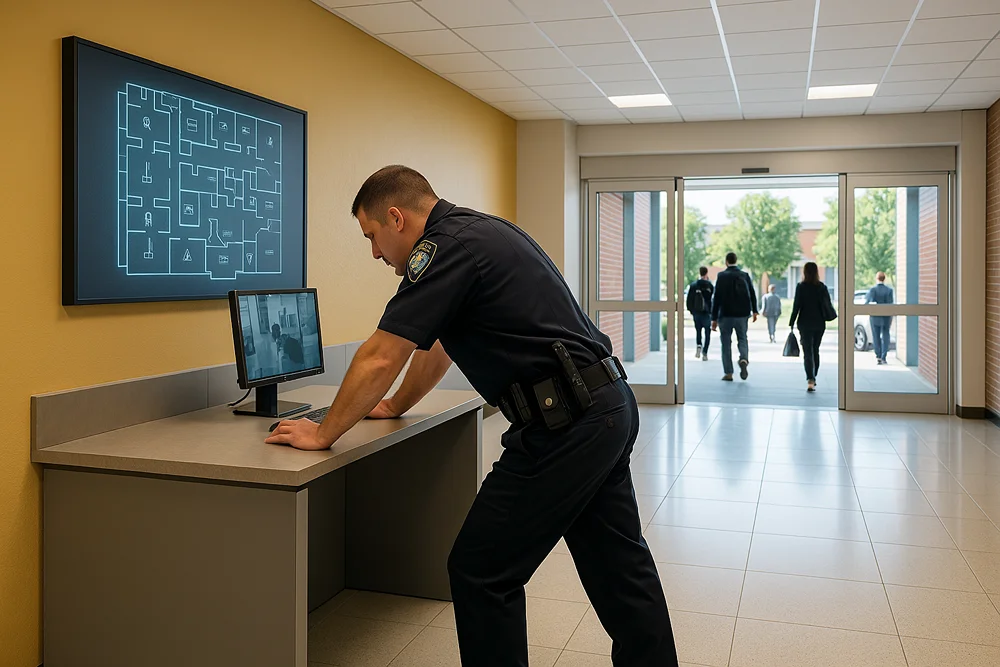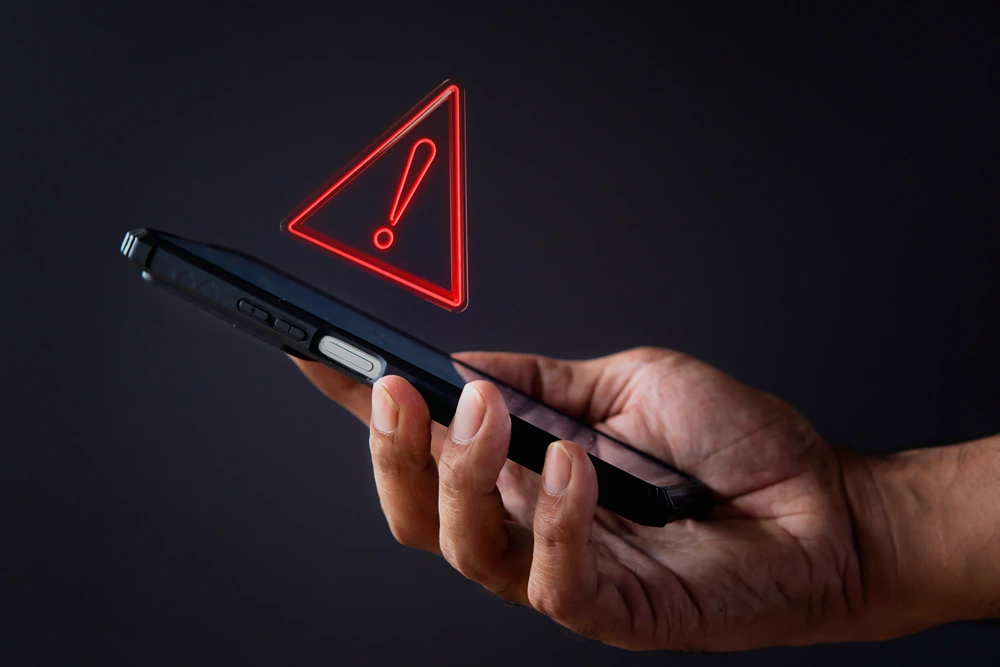Cybersecurity Starts at Home: Help Your Children Stay Safe
Individuals may have differing opinions about online screen time for their young family members. That’s okay. In your family, you may impose strict limits, allow access to devices within specific parameters, or take a more liberal approach. They’re all valid options. The important thing? To prioritise online safety.
Online tools are becoming more common in schools, and the entry point for kids being chronically online is becoming younger and younger. The best time to start conversations about internet safety is now.
Today’s Online Threats Explained
Finding the best way to help your family navigate online safety starts with understanding the specific risks faced by young people. Adults are often peripherally familiar with online scams and phishing tactics but may overlook other dangers that don’t seem immediately relevant.
Cyberbullying is an example. Even for victims of cyberbullying, it’s not always obvious what’s happening. It can take many forms—not just a relentless onslaught of hateful comments. It may also be the exclusion from certain online groups and/or the spread of vicious rumours through direct messages or in other “private” spaces. The worst part? Kids might continuously endure online harassment without telling their parents. They don’t talk about it because they’re afraid they simply won’t be allowed online.
Children and teenagers are also vulnerable to typical (and some non-typical) online scams, phishing attacks, and personal data theft. Online games may ask users to enter personal details to claim a “free reward”. Even adults are likely to focus more on the “free” part than consider how cybercriminals could use that information to exploit them, children and teens more so. Online quizzes, seemingly harmless, may actually be designed to collect personal data that can be packaged and sold on the dark web.
Malware injection has been around for ages. However, hacking groups’ methods of introducing bugs and viruses into a system are becoming more complex and specific to modern user behaviour. Those who seek out free streaming websites or download apps from unverified sources—which most of the population is guilty of having done at least once or twice—expose their devices to harmful software. Once malware is in place, it can be used to track keystrokes, steal passwords, or even lock certain files for ransom.
Why Are Children and Teens Particularly Vulnerable
Kids are curious. They are also often quick to trust and lack a deeper understanding and awareness of the bigger world. These traits expose them to various risks, especially online.
Some cybercriminals target young internet users specifically because they are easy targets.
Beyond financial and data theft scams, children are particularly susceptible to social manipulation. Online criminals are excellent at disguising their intentions. They even pretend to be peers or mentors to gain trust over time. Some adults may struggle to recognize certain red flags that an online interaction is suspicious. Imagine how much more difficult it is for young internet users with little experience interacting with the greater world.
The pressure to participate in online trends can be ever-present, not just for teens, but even for schoolchildren. Ever heard your young child use the word “sigma” or ask “English or Spanish?” Knowing and copying the latest viral videos and memes may feel necessary for kids who seek validation from their peers. Even if trends involve personal exposure, privacy risks, or even unsafe or unhealthy behaviour.
How Parents Can Intervene
It’s vital that kids are made aware of potential cybercrime risks and that parents implement age-appropriate boundaries and parameters to help young children avoid accidental exposure, especially if they are too young to comprehend potential consequences fully.
That doesn’t mean adopting a stance of fear or restriction! Overly strict rules can lead to secrecy or shame, especially if a child does notice something feels off or becomes embroiled in online trouble. Parental controls and content filters are useful tools but don’t substitute education, recognition, and communication.
Kids who understand—even at the simplest level—what’s at stake are more likely to take boundaries seriously and learn how to make the best choices for themselves when situations arise in which they need to know the safest route forward. It’s about finding the balance between limiting the type of unrestricted access that could expose a child to unnecessary risks and empowering children with knowledge and trust.

Securing Devices
One way to promote a culture of cybersecurity at home? Lead by example. Remember that kids see everything. Adults can incept good online safety habits by adopting them in their interactions with the online world.
- There is absolutely no excuse not to use strong passwords. But even a good password can be bypassed. Opt-in for multifactor authentication to make it more difficult for hackers to gain access to an account, even if they have the password.
- Make sure automatic software updates are turned on. Also, find a digestible way to explain to young family members why a device using outdated software is at greater risk of being hacked.
- Invest in security software with antivirus and anti-malware features. They can help identify and block potentially malicious links and files.
- Regularly check and review app permissions. Thoughtfully determine which disable permissions aren’t essential. Google Maps may need to know your location. Does Roblox?
- Use a VPN. A VPN encrypts internet traffic, protecting devices from data thieves and hackers, especially on public Wi-Fi networks. Educate children about the importance of using a VPN on school or public networks.
- Make sure to lock devices with a password or biometric data. That way, if a device is lost, it’s not a risk of being immediately compromised by the stranger who finds it.
Cybersecurity: A Multi-Front Approach
Most young children and teens already have access to multiple devices that connect to the internet. While your family may choose to be a mostly screen-free household (completely reasonable), kids still share their toys and games with friends and use the internet at school. The conversation about online safety is relevant and important. Take a measured and practical approach. Find ways to address issues proactively and pragmatically—without dipping into the realm of paranoia.
Parents must do their part, but communities, schools, and larger governmental bodies can also step up. By funding research, sharing information, and providing families with access to resources, cybersecurity issues can be addressed with the thoroughness they deserve. After all, online safety is not just about protecting individual households. It’s about protecting the future generation.











